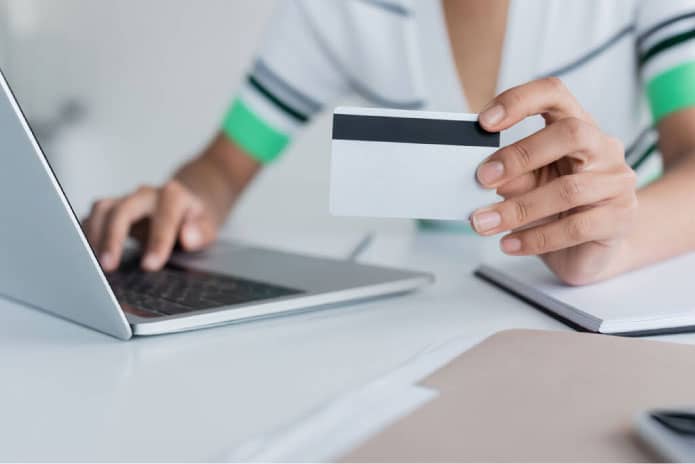Despite indications that sales at the end of 2024 will reach sufficient volumes to be considered the largest in recent years in e-commerce, the fact is that there is still a great waste of potential in the sector, especially with regard to the low level of accessibility among the portals most used by Brazilians to make purchases online.
Just to give you an idea, a recent study carried out by Biomob attributed an average of 6 on an index of 0 to 10 to the main Brazilian marketplaces in relation to the standards established by the Web Content Accessibility Guidelines (WCAG 2.1).
The indicator is considered a guide created by the World Wide Web Consortium (W3C) to guide websites to comply with minimum digital accessibility standards. In practice, brands like OLX, Americanas. Magazine Luiza, Netshoes, Carrefour. Ponto Frio, Casas Bahia, Extra, and Mercado Livre ranged between 4.5 and 9.7.
On the one hand, the good news is that despite being at different levels of implementation, it was possible to find in all marketplaces the concern to ensure accessibility in their shopping environments. Some errors still hinder proper navigability for all audiences, but it is a fact that efforts are being made to achieve this goal.
On the other hand, it is concerning that e-commerce websites are still not fully adapted to the best accessibility practices. This causes a cycle of losses that affects everyone involved.
Just to give you an idea, another recent survey conducted by PROCON-SP found that 69% of consumers with some type of physical disability have already faced barriers when making online purchases, with 17% stating that they always face difficulties and 52% sometimes.
If this scenario has as its direct victims people who are frustrated because they are unable to carry out the transactions they would like, it is also true that websites, portals and marketplaces end up suffering, as a result, a great loss when they fail to make money from these operations.
Maybe this waste of sales potential is considered irrelevant for these companies, but in practice, who is capable of ensuring the revenue volume that fails to enter these companies' coffers? Is it smaller or larger than what they invest in marketing campaigns to try to attract customers while neglecting to sell to a client they have already gained?
Fortunately, in some cases, it seems that it is not far from reaching an acceptable level of accessibility. This is the case, for example, of OLX, which received a score of 9.7. The OLX website reported a total of 31 identified accessibility practices. Of these, 24 were classified as acceptable, 6 require additional manual verification, and only one was considered unacceptable, which is of AA level.
On the other hand, the most frequently found score was also the lowest, which corresponds to 4.5 applied to Ponto Frio, Casas Bahia, Extra, and Mercado Livre. The Americanas Stores website achieved the second-best score (7.5), closely followed by Magazine Luiza (7.0), Netshoes (6.7), and finally Carrefour (5.4).
Among the portals that received the lowest scores, problems were detected such as the fact that despite having a tab dedicated to Libras support and offering functions such as Libras Translator and assistive resources, these functionalities were inactive during the survey, displaying error messages.
In the evaluation of the top-ranked portals, positive points were identified, such as the fact that all images on the page have the necessary alternative text equivalent. Another positive aspect was the display of elements with banner semantics not being contained within any other elements with different semantics.
In any case, it seems obvious that deepening accessibility conditions in this segment is not 'justIt is a matter of social responsibility, inclusion, and empathy.It is also a strategy with a significant impact on the business.


